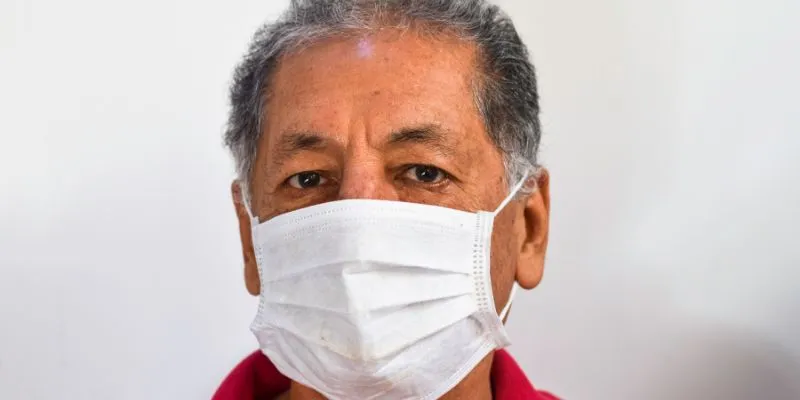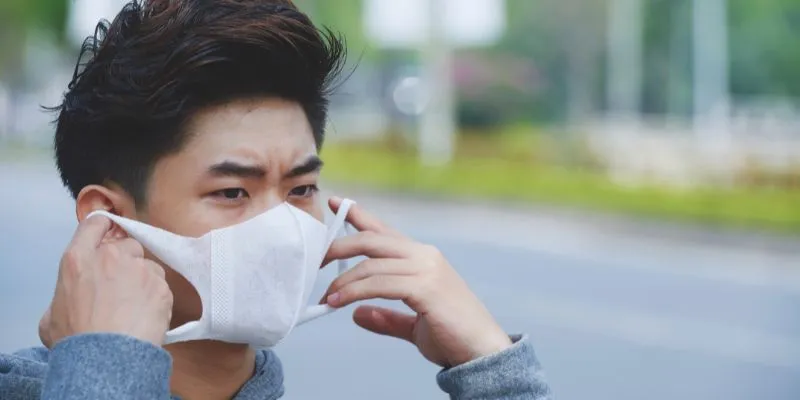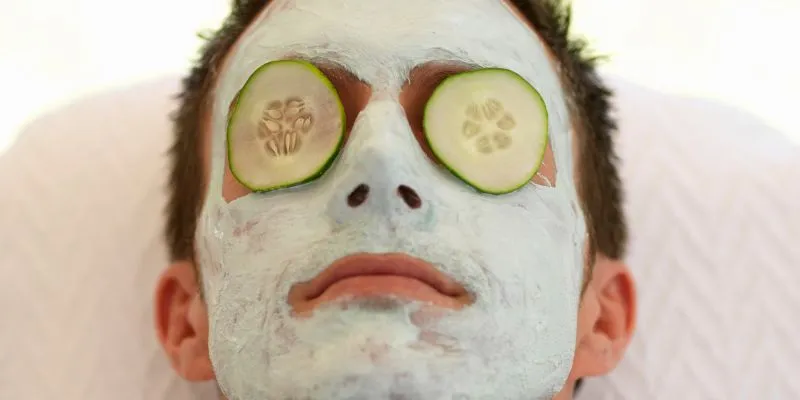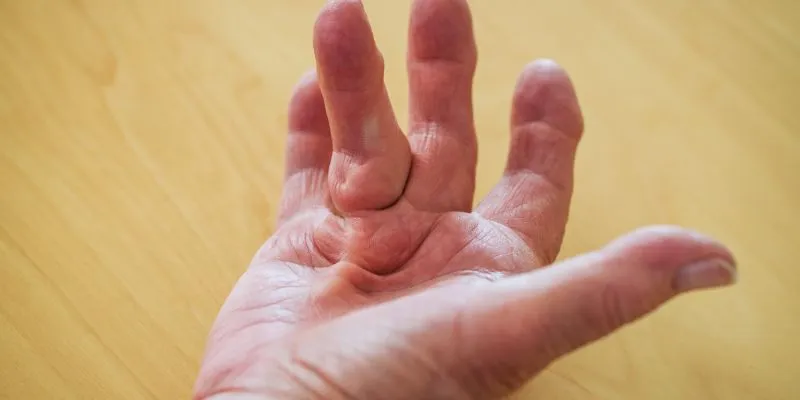Do Face Masks Help with Allergies?
Allergies affect millions worldwide, disrupting daily life with symptoms like congestion, itching, and sneezing, often triggered by pollen, pet dander, and mold. Many seek strategies to control symptoms and minimize exposure. While face masks are a popular choice, do they genuinely assist with allergies? Although not a cure-all, face masks can serve as effective barriers against airborne allergens.
Understanding the advantages, limitations, and mechanisms of face masks in allergy prevention is crucial. This guide will explore the most effective types of masks, their proper usage, and additional tips for managing allergies. If you suffer from allergies, this article will help you determine whether face masks can provide relief and how to incorporate them into your allergy management strategy.

How Face Masks Can Help
Face masks physically block airborne allergens like pet dander, dust, and pollen. Wearing a mask reduces the number of allergens entering your nose and lungs, alleviating symptoms such as sneezing, congestion, and itching. Multi- layered masks are particularly effective at filtering small particles that might otherwise be inhaled. This extra defense is especially important for individuals with respiratory conditions such as hay fever or asthma.
Masks also prevent allergens from settling on your skin, reducing potential reactions and irritability. Wearing a mask during peak allergy season or in areas with high allergen levels can significantly help. However, not all masks offer the same level of protection. It’s crucial to choose a mask that meets your needs, as some are designed to filter small particles more effectively than others. Opting for a high-quality mask will maximize benefits and improve allergy symptom management.
What Type of Mask is Best for Allergies?
Not all face masks provide the same level of allergy protection. Consider the following options:
- Cloth Masks: These are widely available and suitable for general use but may not adequately filter fine allergens like pollen and dust mites. They help reduce bacterial transmission but offer limited defense against allergies.
- N95 Respirators: These masks provide the highest level of protection, filtering 95% of airborne particles, including various allergens. They form a tight seal around the nose and mouth, minimizing the chances of allergens getting through. N95 masks are the best choice for individuals with severe allergies.
- KN95 Masks: Similar to N95 masks in filtration capability, KN95 masks offer a looser fit. If N95s are unavailable, they are a solid choice, providing decent protection.
- Surgical Masks: While these offer more protection than cloth masks, they are less effective at filtering microscopic particles. They are not ideal for severe allergy control but are a better option than cloth masks.
Limitations of Face Masks for Allergy Relief
Despite providing significant relief from allergens, face masks have their limitations. Masks cover the nose and mouth, leaving other areas such as the eyes and skin exposed. For individuals with eye allergies, allergens can still cause discomfort. Masks must be worn correctly to be effective. A poorly fitting mask can allow allergens to pass through, diminishing its efficacy.
Face masks do not completely eliminate environmental allergen exposure. If you live in an area with high allergy levels, wearing a mask alone may not entirely prevent symptoms. Effective allergy management may require additional protective measures such as air purifiers, closing windows, and taking antihistamines. While masks can aid in allergy relief, they should be used alongside other preventive measures.

Are Face Masks Effective Outdoors?
Outdoor environments can be a significant source of allergies, especially during pollen season. Wearing a face mask outdoors is a simple and effective measure to reduce exposure to pollen and other allergens. High-quality masks, like N95 or KN95 respirators, are particularly beneficial in areas with high pollen counts, effectively filtering out small airborne particles. Masks also protect allergy sufferers and those around them by reducing allergen transmission in public spaces.
The effectiveness of a mask outdoors depends on the type of mask, fit, and level of allergen exposure. While masks significantly reduce pollen intake, they may not eliminate all symptoms. Other preventive measures, such as avoiding outdoor activities during peak pollen hours, using antihistamines, and closing windows, are essential for effective allergy symptom control. Masks can be part of a comprehensive allergy management plan.
How to Use Face Masks for Allergies
Proper use of face masks is crucial to maximizing their benefits. Ensure the mask fits snugly over your nose and mouth without leaving gaps around the edges. A tight fit prevents allergens from leaking through. Once the mask is on, avoid touching its exterior. If you touch the mask, wash your hands immediately to prevent allergens from transferring from the mask to your face.
Regular mask changes are also important, especially if the mask becomes damp or dirty, as masks lose their filtering capacity over time. It’s advisable to have multiple masks available for rotation if you frequently use them. Remember, masks are just one part of an allergy management strategy. Combining masks with other methods such as allergy medications and avoiding high-pollen areas will yield the best results. While masks can be a valuable defense, they work best when complementing other preventive measures.
Conclusion
Face masks can be an effective tool for managing allergies by filtering airborne allergens and reducing symptoms. They provide noticeable relief by creating a barrier that keeps allergens out of the nose and lungs. However, masks are not a complete solution. Their effectiveness depends on factors such as the type of mask, fit, and exposure levels. Proper use is essential for maximum benefit. To be most effective, masks should be used alongside other allergy control techniques, including medications and environmental restrictions. These steps help face masks become a valuable asset in reducing allergy symptoms and minimizing exposure to triggers.










